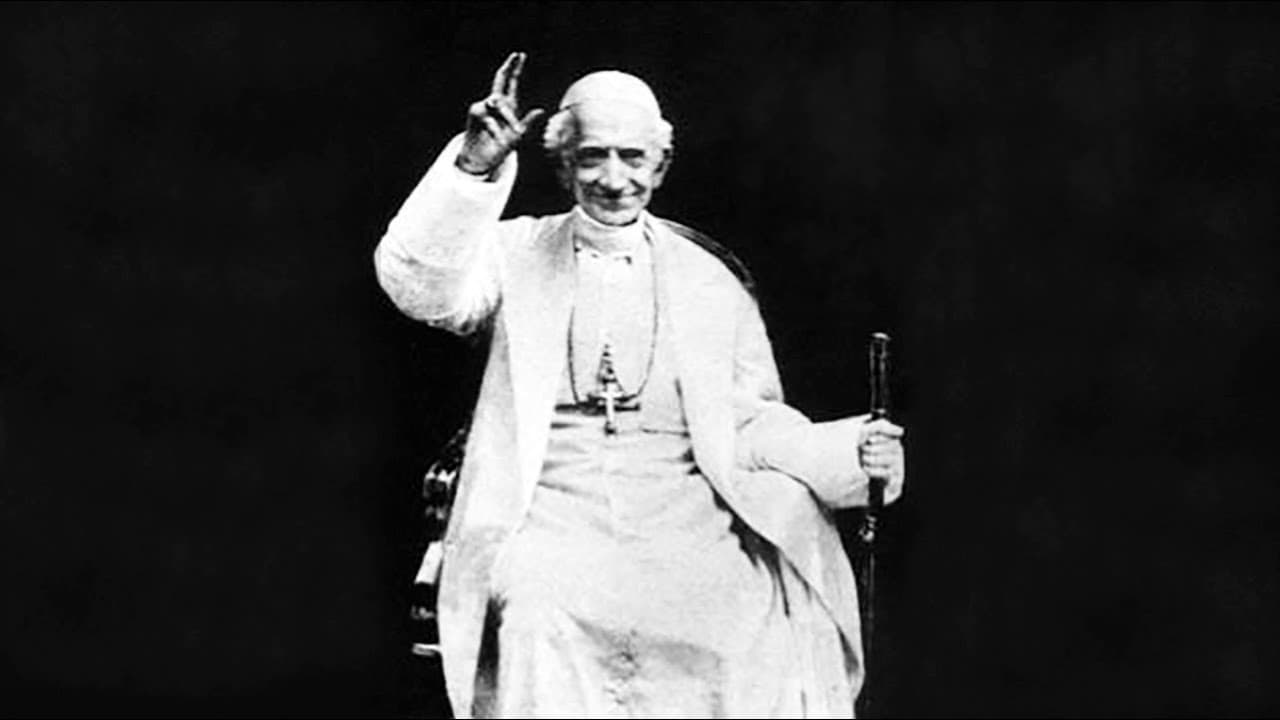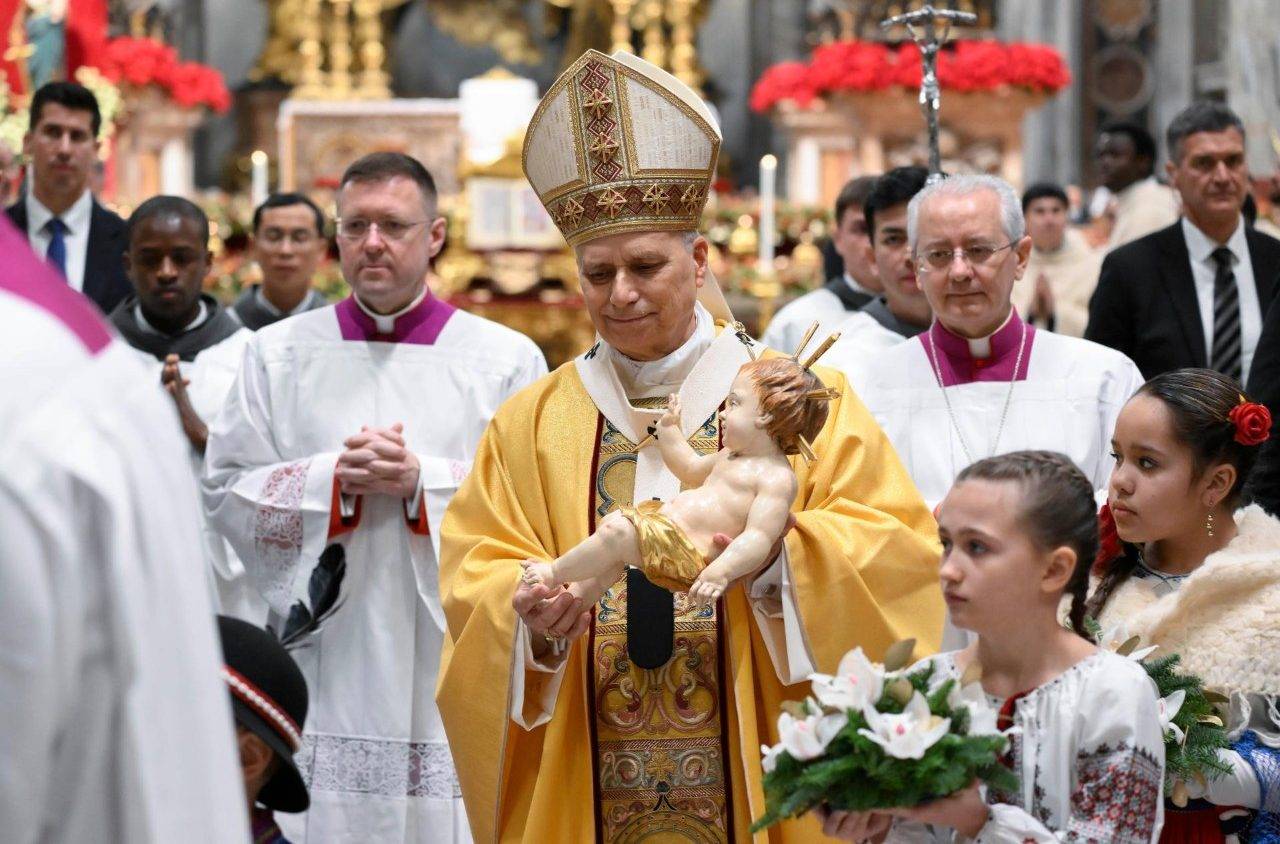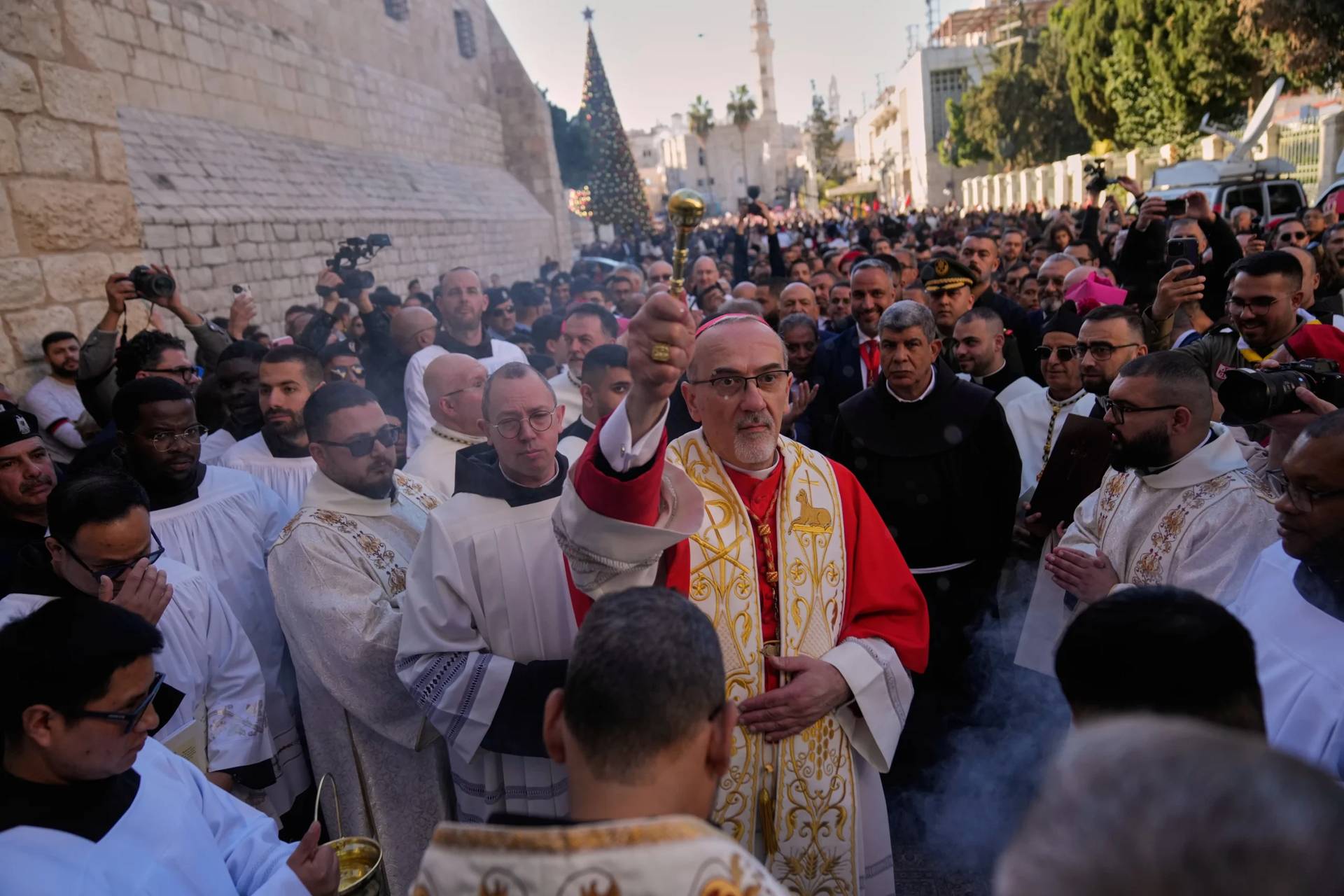ROME – A new pope is elected with a history of health issues, who tells people early on he doesn’t expect to have a lengthy papacy. He reigns longer than anyone expected, but eventually faces a health crisis that requires a serious surgery, and which leads many people to assume the end is finally at hand.
In fact, however, the surgery is a success, and he ends up sitting on the Throne of Peter another four years, which is a full presidential term in the United States. Indeed, so remarkable is his longevity that Vatican insiders joke: “We thought we were electing a Holy Father, instead we elected an Eternal Father!”
That might easily be a description of the 86-year-old Pope Francis, who right now is recovering from his second surgery in two years at Rome’s Gemelli Hospital.
In reality, however, it’s a reference to Pope Leo XIII, who was elected in 1878 and served until his death in 1903 at the age of 93, making his the fourth-longest papacy in history behind St. Peter, Pius IX and John Paul II.
Right now, Pope Francis at the age of 86 is the oldest reigning pope since Leo XIII died 120 years ago.
It was March 1899 when Leo seemed gravely ill, and many people, including some members of the College of Cardinals, believed that his death was imminent. Doctors examining the pontiff, however, eventually determined that his symptoms were the result of the inflammation of a cyst which had been bothering the pope for years, but which had never been treated.
Though reluctant to undergo surgery, Leo XIII finally was persuaded to do so, instructing a cleric in the papal household to say Mass in his private chapel while the operation was underway. In the end, an orange-sized cyst was removed, the pope staged a full recovery, and he proceeded to continue to govern the Catholic Church until 1903.
Leo XIII, in other words, is a cautionary tale for anyone tempted to get overly carried away by Pope Francis’s current struggles.
The analogy between Leo XIII and Francis extends beyond resilience in the face of health challenges. Both men, while hardly political radicals, were nevertheless considered reformers and moderates-to-progressives by the Catholic standards of their day.
Famously, it was Leo XIII who launched the modern tradition of Catholic social teaching with his encyclical Rerum Novarum in 1891. It was also Pope Leo who repositioned the Catholic Church vis-à-vis the rise of modern democracies and the separation of church and state, shifting from absolute rejection under Pius IX to a cautious opening which would eventually lead first to the Lateran Pacts in 1929, and eventually to Vatican II’s declaration on religious freedom, Dignitatis Humanae.
It’s worth briefly recording what Leo XIII accomplished between that 1899 surgery and the end of his papacy four years later.
- In 1899, he presided over the First Plenary Council of Latin America in Rome, an assembly that promoted consciousness of a continental solidarity among the various local churches in Latin America that would flower in the creation of CELAM, the Latin American Episcopal Council, after Vatican II.
- He issued Annum Sacrum, consecrating the entire human race to the Sacred Heart of Jesus and promoting the First Friday devotions that have become a characteristic feature of Catholic spirituality.
- He canonized St. John Baptist de la Salle, founder of the Christian Brothers, overriding opposition from traditionalists who regarded La Salle’s model of consecrated laypeople running free schools without direct ecclesiastical control as a dangerous innovation.
- He warned against “Americanism,” a supposed heresy based on individualism and congregationalism that some European Catholic thinkers detected in the United States of the late 19th century. Though largely invented, the controversy nevertheless reminded American Catholics of their links to Rome and the universal church.
- He created 32 new cardinals between 1899 and 1903, forming half of the cardinal-electors who would choose his successor. (Though in a warning to popes of all times about their capacity to control things after they’re gone, those cardinals, all of whom were Leo appointees, nonetheless chose Pius X, who launched an “anti-modernist” crackdown to squelch some of the very reforming energies Leo had unleashed.)
Leo XIII also presided over the Great Jubilee year of 1900 after his surgery, issued an encyclical reconciling advocates of democracy and its opponents in Italy, promoted unity within the Eastern Catholic churches, and became the first pope to be both filmed and audio-recorded, thereby inaugurating the modern tradition of pope as pop culture celebrity.
It’s entirely possible Pope Francis may leave behind a similarly impressive post-surgical legacy. In addition to trips to Portugal for World Youth Day, Mongolia and Marseille already on the books, he’s got two synods on synodality set for this October and October 2024, not to mention another Great Jubilee in 2025.
Of course, there are no guarantees in life and anything could happen. Given this pope’s track record, however, it’s doubtful that the smart bet right now would be to count him out.

















